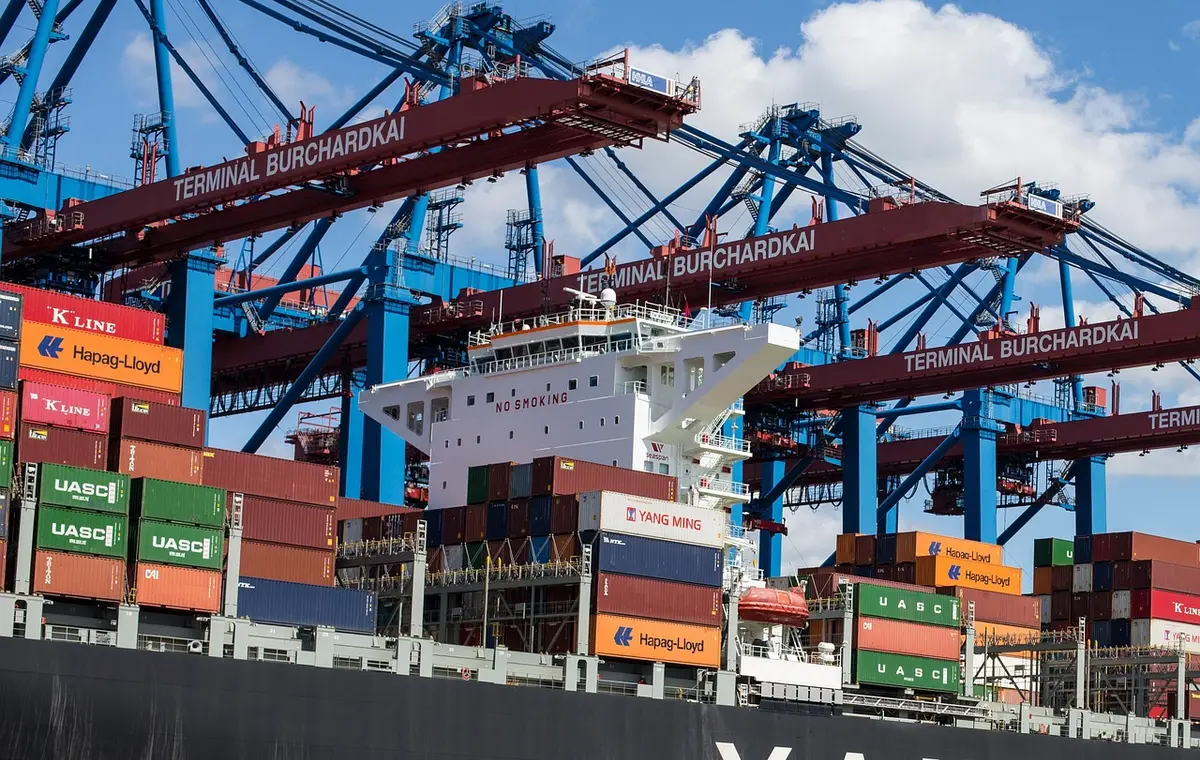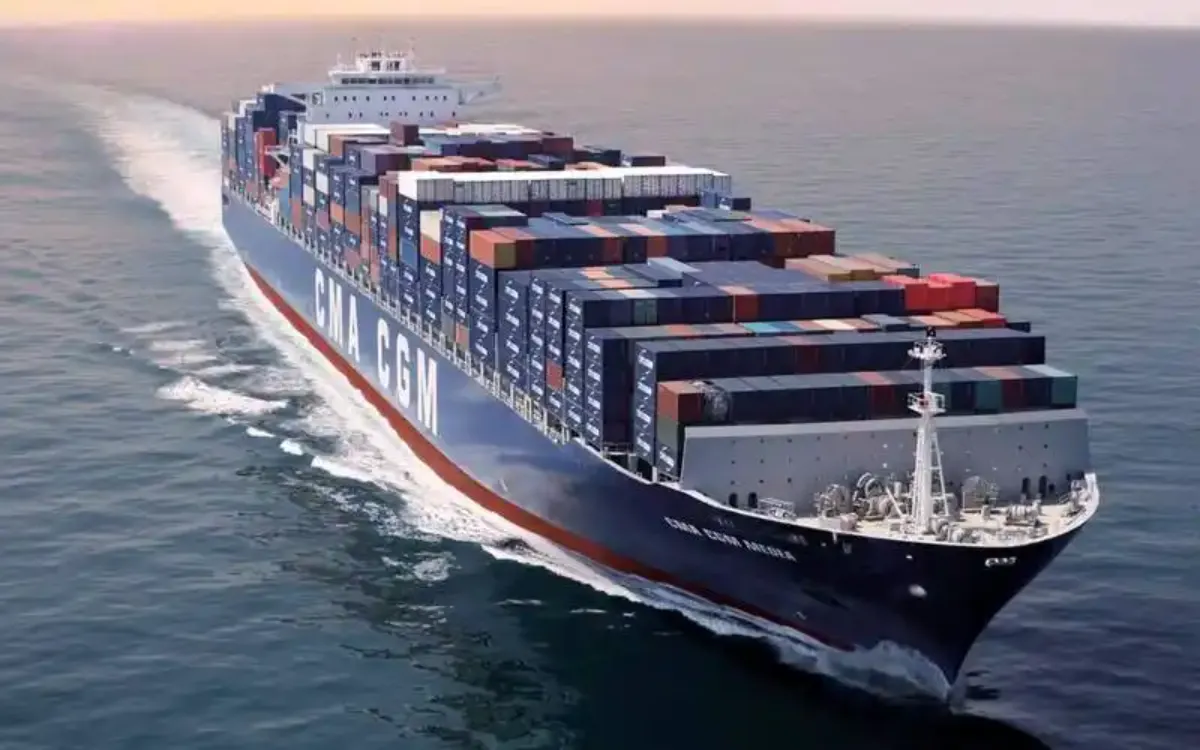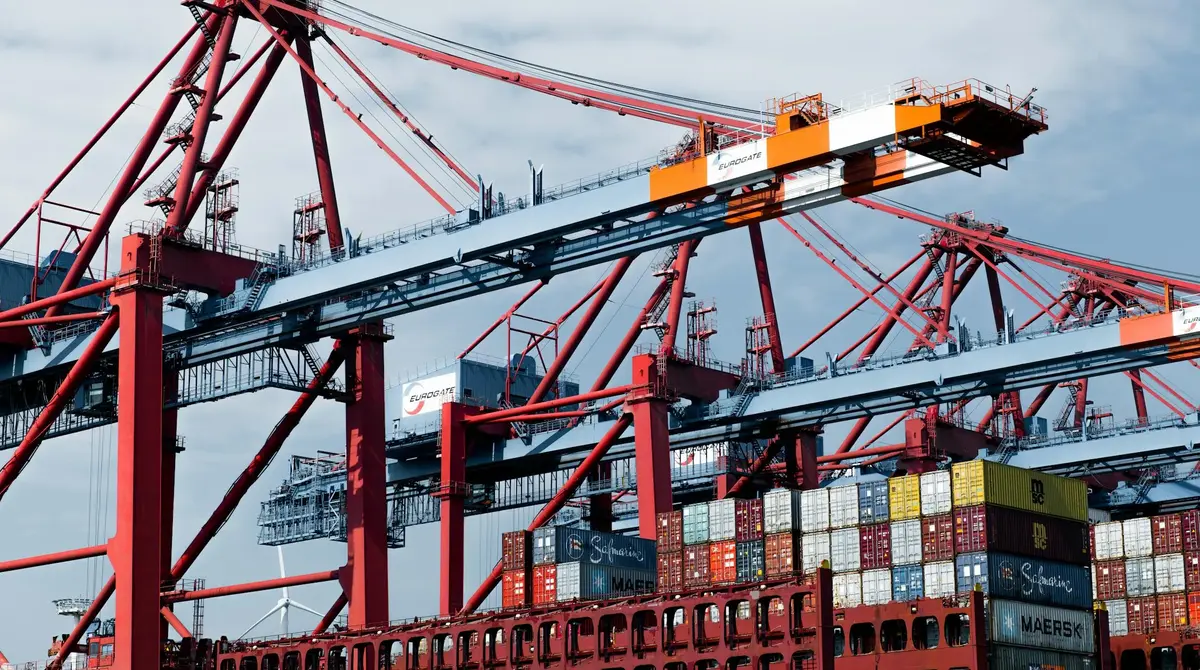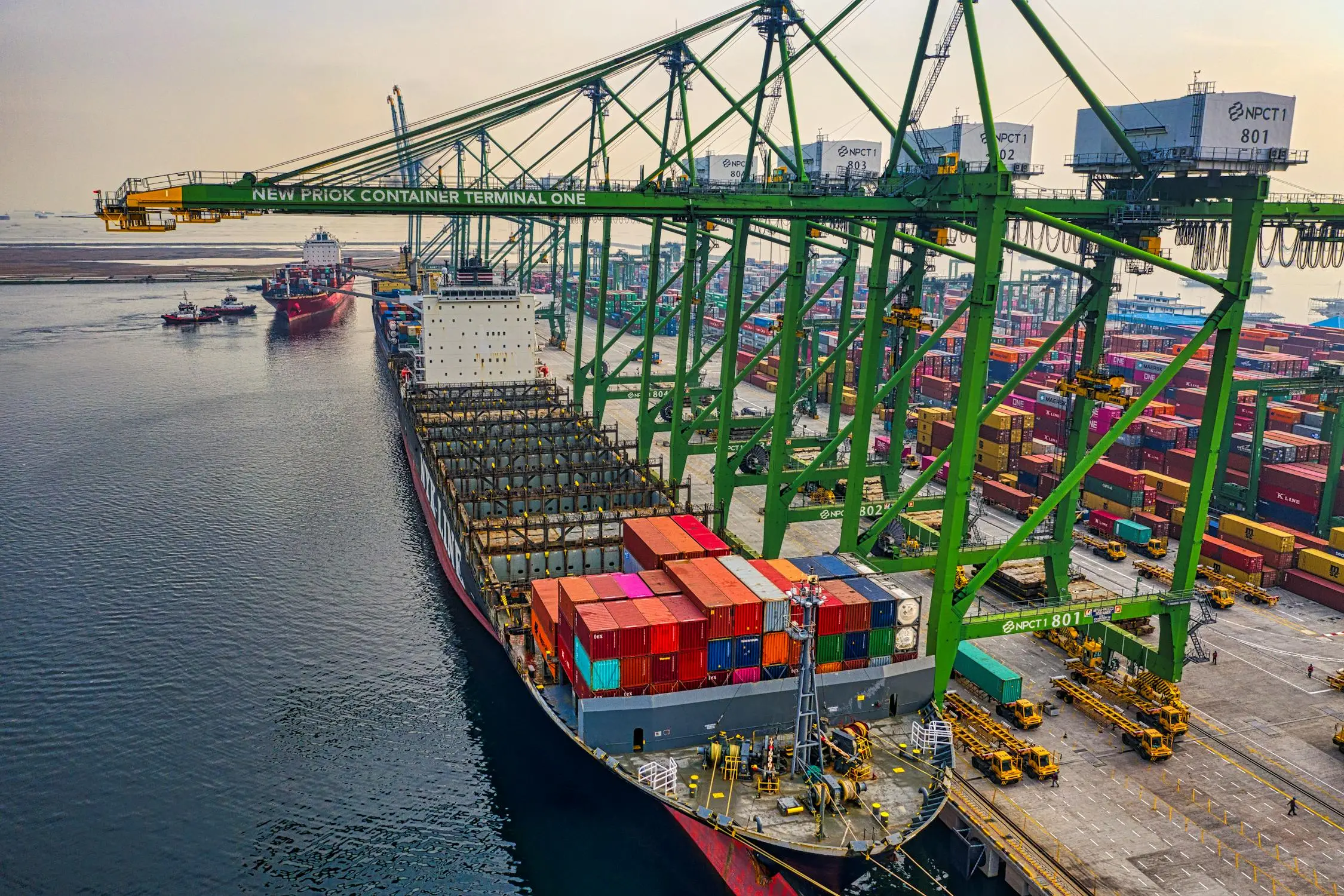
The United States is China's most important trading partner. will be the most difficult it has been in decades.
Another reason is the growing chill in US-China relations.
The coronavirus pandemic has exposed global problems in international supply chains.
China is extending its influence to a growing number of countries, companies and infrastructure projects.
It will not be easy for china to chart a clear course to address all these issues.
What measures has the United States taken against Chinese imports and exports?
The 24th. In February 2021, US President Joe Biden signed an executive order aimed at improving the resilience of the US supply chain.
While the entire global supply chain is under scrutiny, the People's Republic of China is likely to receive additional attention.
At a time of rising tensions, America's dependence on China is a thorn in its side.
Relying on China would certainly be seen as a greater risk for the supply chain than relying on Canadian suppliers.
The first step is to conduct a review of the supply chain for key products within 100 days.
The purpose of the report is to identify risks that could lead to supply bottlenecks.
Key parts of the supply chain include:
The Origins of computer chips (with a major bottleneck)
Large capacity battery for electric vehicles
and their essential active ingredients
Minerals that can be used in electronics and defense engineering.
Within a year, purchases of other products will also be reviewed.
What is the background to supply chain analysis?
By rebuilding the supply chain, the government hopes to ensure that future shortages of key commodities are avoided.
The goal is to eliminate a range of sources of risk:
Chaos in world trade
Production bottlenecks in other countries
Natural disasters and accidents
Hostile or trade actions by other countries
Last year, the coronavirus pandemic affected logistics disruptions in all countries,
The US could be forgiven for wanting to avoid the kind of large-scale supply problems seen during future outbreaks.
In addition to avoiding supply shortages, the U.S. government may also need to consider domestic and economic issues.
For example, thegovernment complainsthat:
After decades of market change, 70 percent of "API" vendors are located outside the United States.
Semiconductor technology developed in the United States is now mostly produced in Asia.
The U.S. auto industry is currently facing huge production and sales losses due to a lack of semiconductor supply.
What was the result?
In the medium term, we expect the supply chain and production to become more concentrated with U.S. partners and a return to "Made in America."
In particular, production in the United States will also recover.
This will allow Biden to score points at home and create jobs.
This is also in line with the already launched "Buy American" program, where President Biden, through an executive order, requires government
agencies to prioritize purchases from U.S. suppliers.
The European Union and Germany, the world's export champion, may be watching this development anxiously.
Will exports to the US be affected?
Apparently, this applies to President Biden as well:
America First -- America first.
China and European foreign and trade policy must also adapt to this.
 Easy Shipping From Global, Save Cost
Easy Shipping From Global, Save Cost













